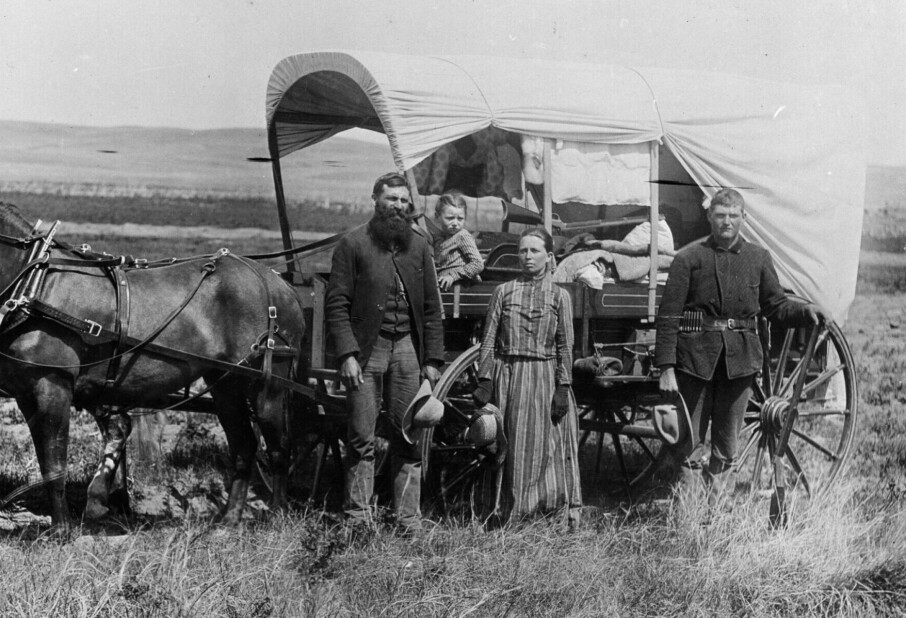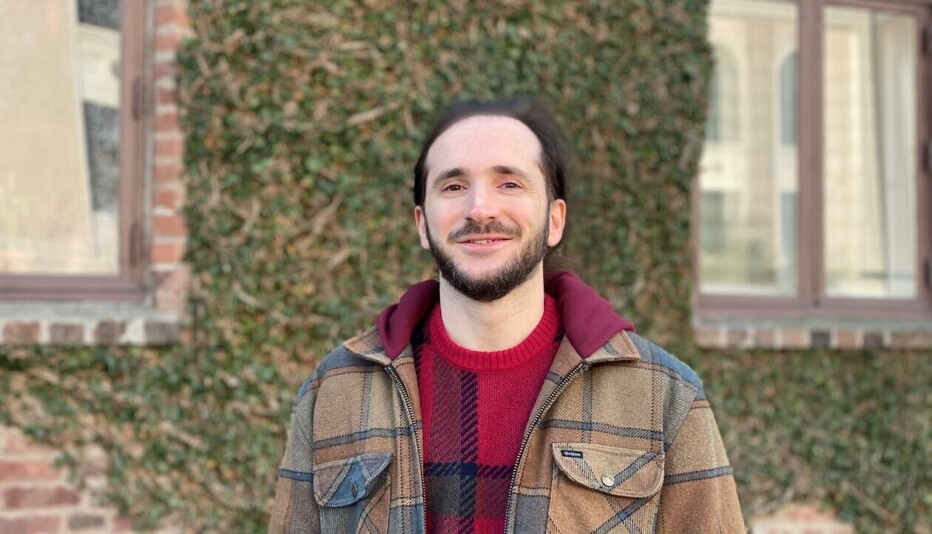Why do we get goosebumps? "A reminder that we're animals"
"Every hair on our skin has a tiny muscle attached to it," says researcher.
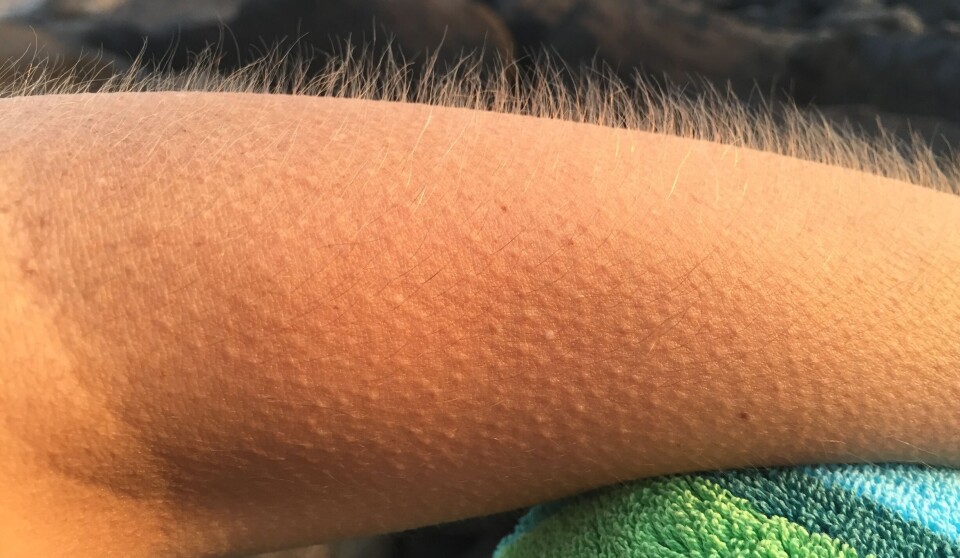
Suddenly, it happens:
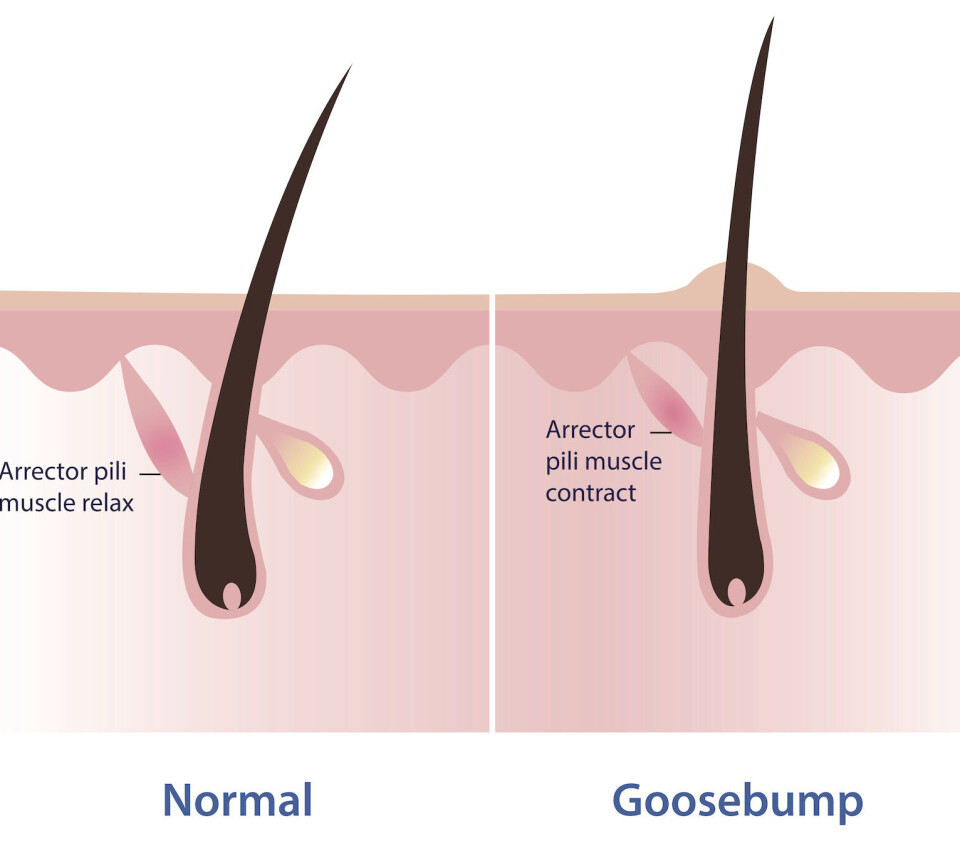
The hairs on your arms stand up, and your skin becomes bumpy.
But why does this happen?
Tiny muscles
"Every hair on our skin has a tiny muscle attached to it," says skin researcher and professor Ingeborg M. Bachmann.
When we get cold, these muscles contract.
That pulls the skin around the hair follicle, causing the hair to stand up – giving us those familiar small bumps.
"The purpose was to make our fur thicker, providing better protection from the cold," says Bachmann.
Of course, humans hardly have any fur left today...
To understand goosebumps, we have to go back in time.
Furry animals
Science Norway spoke with two researchers who study how we became who we are.
Evolutionary biologists Kjetil Lysne Voje and Jarl Giske study how animals, plants, and humans have evolved and changed over many, many years.
And to understand goosebumps, we need to go way, way back.
"Yes, this goes back to a time when we had much more fur," says Voje.
When it gets cold, an animal’s fur stands up.

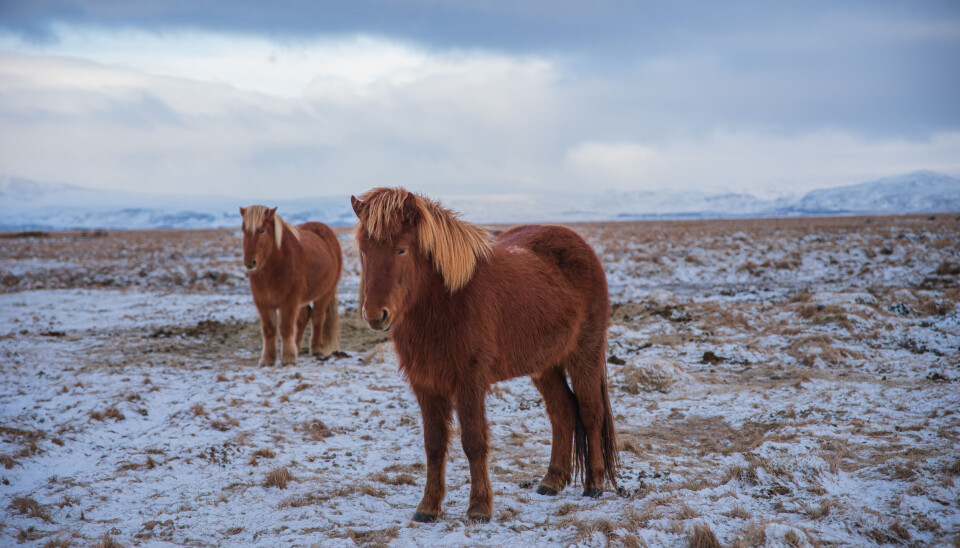
"A thin layer of air forms between the fur and the skin," says Giske.
The air warms up and creates excellent insulation around the animal.
Just picture a fluffy horse standing outside in the winter chill.
"Animals tend to make themselves fluffier when it's cold," says Voje.
As many hair follicles as chimpanzees
Humans have lost most of our body hair over time. Researchers believe this happened when we started hunting – possibly as long as 1.8 million years ago.
Animals with thick fur that hunt need to stop and pant to cool themselves down.
We, on the other hand, lost our fur and developed sweat glands to help us cool off.

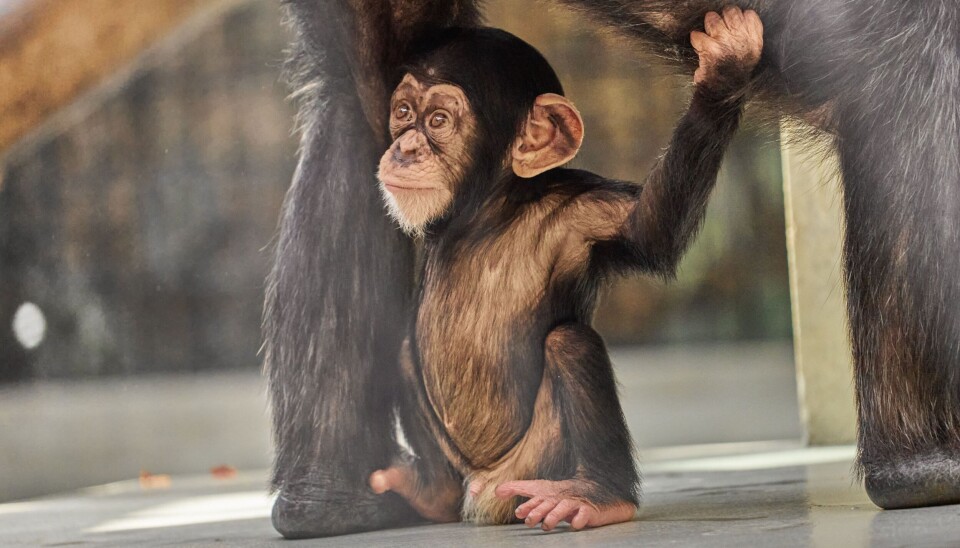
This allowed us to run, sweat, and chase prey for longer periods.
So even if we look nearly hairless, we still have the same hair density as chimpanzees.
And that’s why we still get goosebumps.
"It's a reminder that we're animals and that we once lived very differently," says Voje.
Horror films
There are other things besides cold temperatures that make our hairs stand on end.
"It also happens when we get frightened," says Giske.
It's our body's way of making sure we feel it – not just in our minds, but in our bodies too.

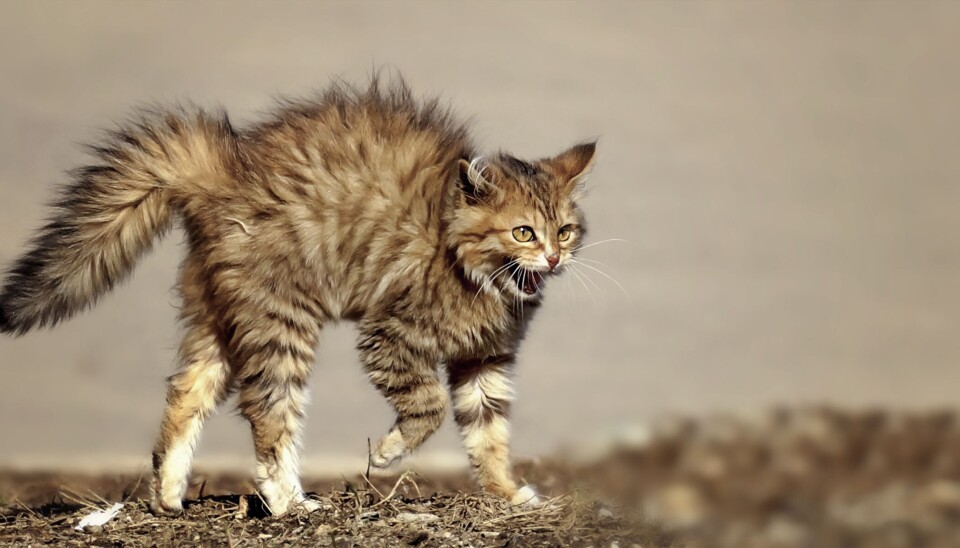
When we’re scared, our hearts race and our bodies prepare to react in an instant.
"Goosebumps are part of that system," says Giske.
"The body's built-in alarm is activated," says Voje.
Just look at cats: They stretch, arch their backs, and puff up their fur to appear bigger and more threatening.
Most viewed
"Goosebumps in humans are like a tiny version of the same thing," says Giske.
Goosebumps from music
Many people get goosebumps when they experience strong emotions.
"It’s one way our bodies respond to things that didn’t exist in the past," says Voje.
He’s talking about beautiful music or a thrilling football goal.
"When we’re emotionally moved, the body triggers these tiny muscle contractions," he says.
We could live without them
Researchers agree that we could easily manage without goosebumps.
"They're not particularly important today," says Giske.
"But that's just how our bodies were wired long ago," says Voje.
Still, goosebumps can send us small signals.
For instance, it might be your body’s way of telling you to put a jumper on.
"Or a sign that you're experiencing something powerful and moving," says Voje.
And maybe that's what makes goosebumps so fascinating:
"They're a reminder of our evolution," says Voje.
Our bodies still carry traces of life from hundreds of thousands of years ago.
"To understand all the strange things our bodies do, we have to look back into the past," he says.
———
Translated by Alette Bjordal Gjellesvik
Read the Norwegian version of this article on ung.forskning.no
Related content:
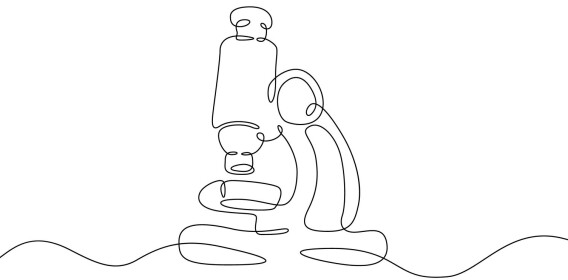
Subscribe to our newsletter
The latest news from Science Norway, sent twice a week and completely free.




































